Oliver Urbann
Obtaining Robust Control and Navigation Policies for Multi-Robot Navigation via Deep Reinforcement Learning
Sep 07, 2022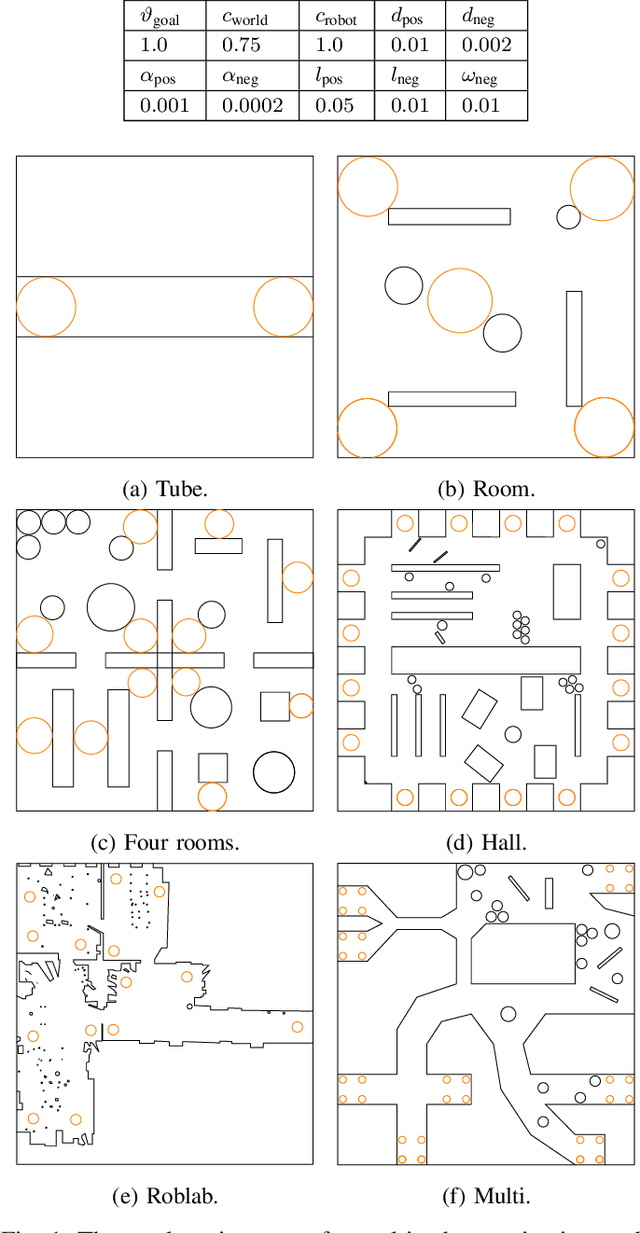
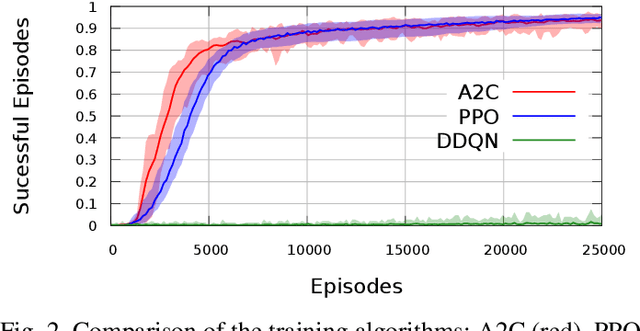
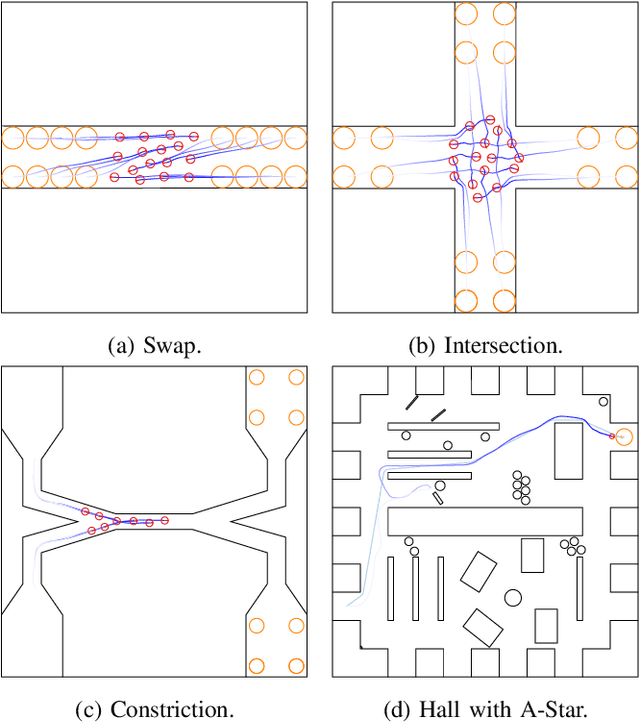
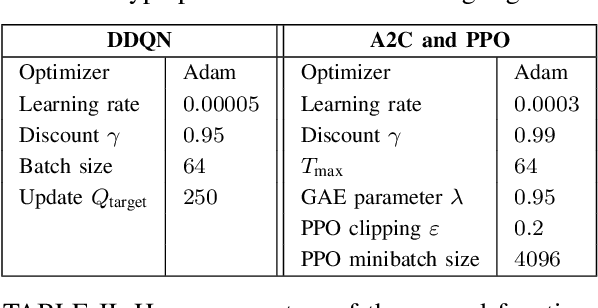
Abstract:Multi-robot navigation is a challenging task in which multiple robots must be coordinated simultaneously within dynamic environments. We apply deep reinforcement learning (DRL) to learn a decentralized end-to-end policy which maps raw sensor data to the command velocities of the agent. In order to enable the policy to generalize, the training is performed in different environments and scenarios. The learned policy is tested and evaluated in common multi-robot scenarios like switching a place, an intersection and a bottleneck situation. This policy allows the agent to recover from dead ends and to navigate through complex environments.
Online and Real-Time Tracking in a Surveillance Scenario
Jun 02, 2021


Abstract:This paper presents an approach for tracking in a surveillance scenario. Typical aspects for this scenario are a 24/7 operation with a static camera mounted above the height of a human with many objects or people. The Multiple Object Tracking Benchmark 20 (MOT20) reflects this scenario best. We can show that our approach is real-time capable on this benchmark and outperforms all other real-time capable approaches in HOTA, MOTA, and IDF1. We achieve this by contributing a fast Siamese network reformulated for linear runtime (instead of quadratic) to generate fingerprints from detections. Thus, it is possible to associate the detections to Kalman filters based on multiple tracking specific ratings: Cosine similarity of fingerprints, Intersection over Union, and pixel distance ratio in the image.
A C Code Generator for Fast Inference and Simple Deployment of Convolutional Neural Networks on Resource Constrained Systems
Jan 14, 2020
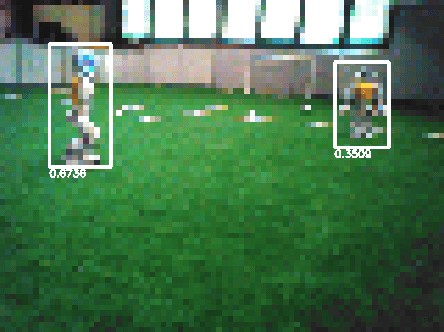
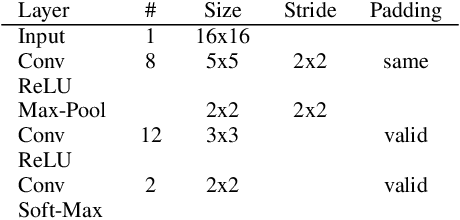
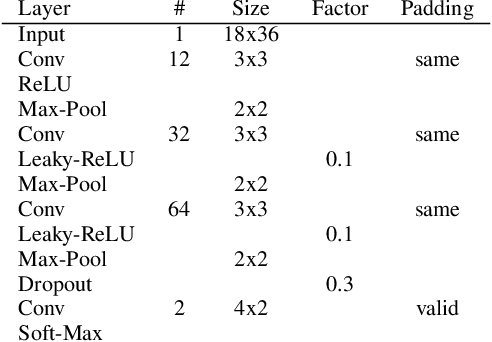
Abstract:Inference of Convolutional Neural Networks in time critical applications usually requires a GPU. In robotics or embedded devices these are often not available due to energy, space and cost constraints. Furthermore, installation of a deep learning framework or even a native compiler on the target platform is not possible. This paper presents a neural network code generator (NNCG) that generates from a trained CNN a plain ANSI C code file that encapsulates the inference in single a function. It can easily be included in existing projects and due to lack of dependencies, cross compilation is usually possible. Additionally, the code generation is optimized based on the known trained CNN and target platform following four design principles. The system is evaluated utilizing small CNN designed for this application. Compared to TensorFlow XLA and Glow speed-ups of up to 11.81 can be shown and even GPUs are outperformed regarding latency.
 Add to Chrome
Add to Chrome Add to Firefox
Add to Firefox Add to Edge
Add to Edge